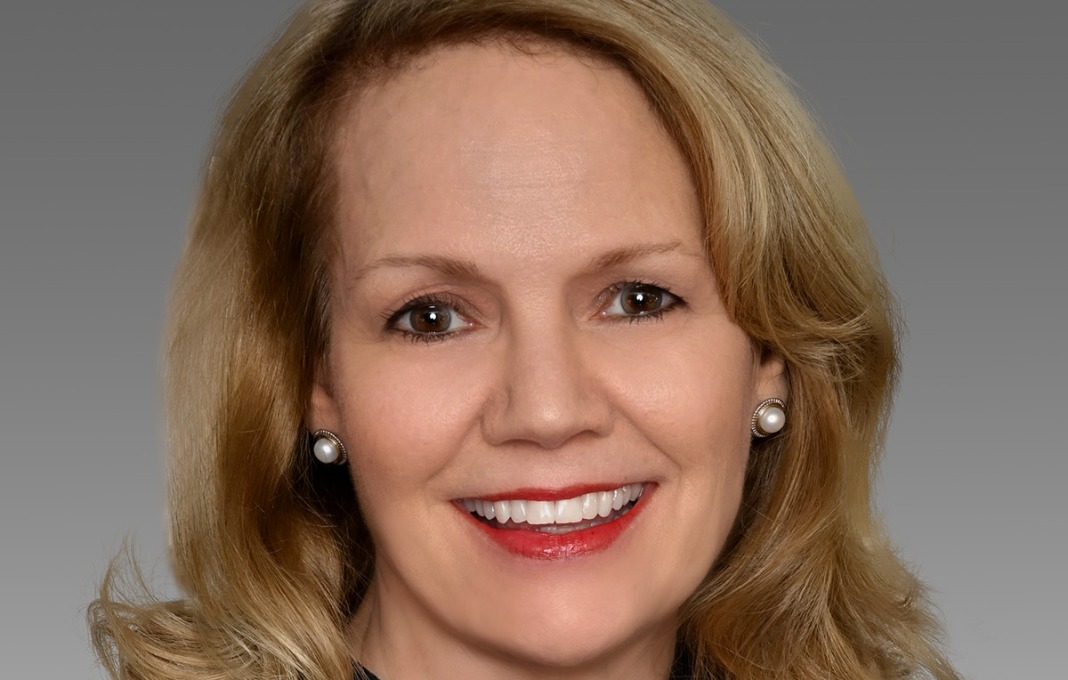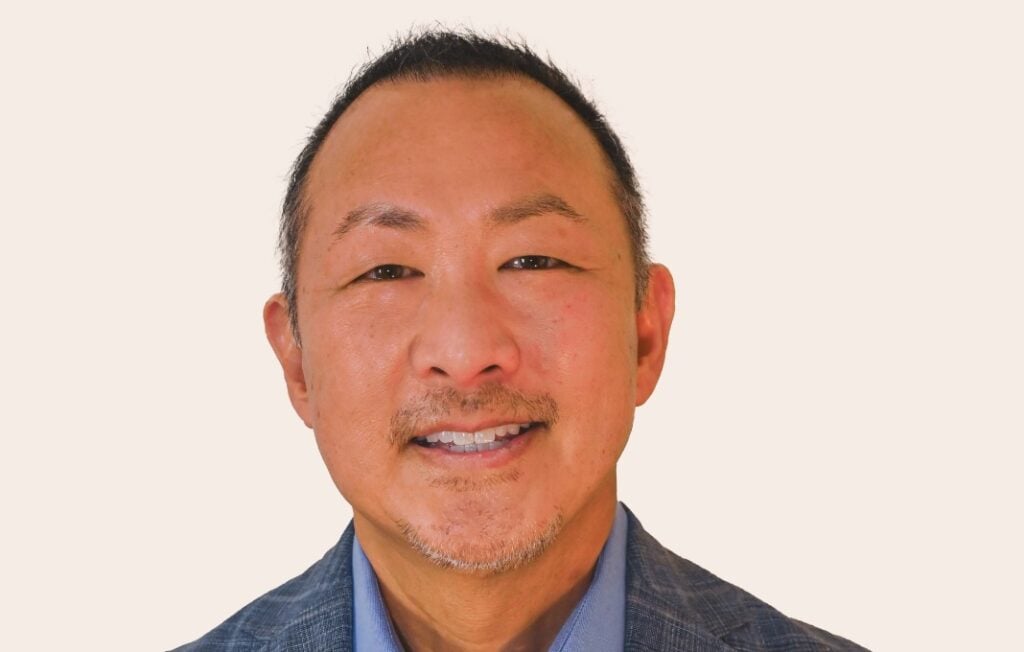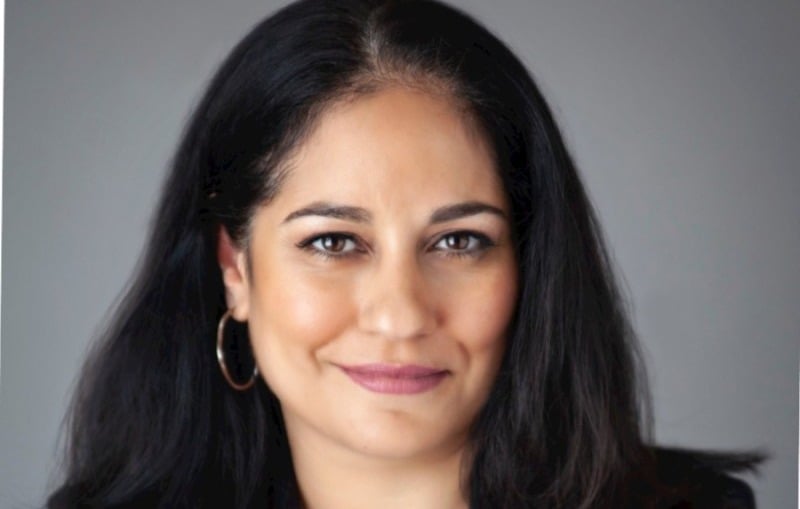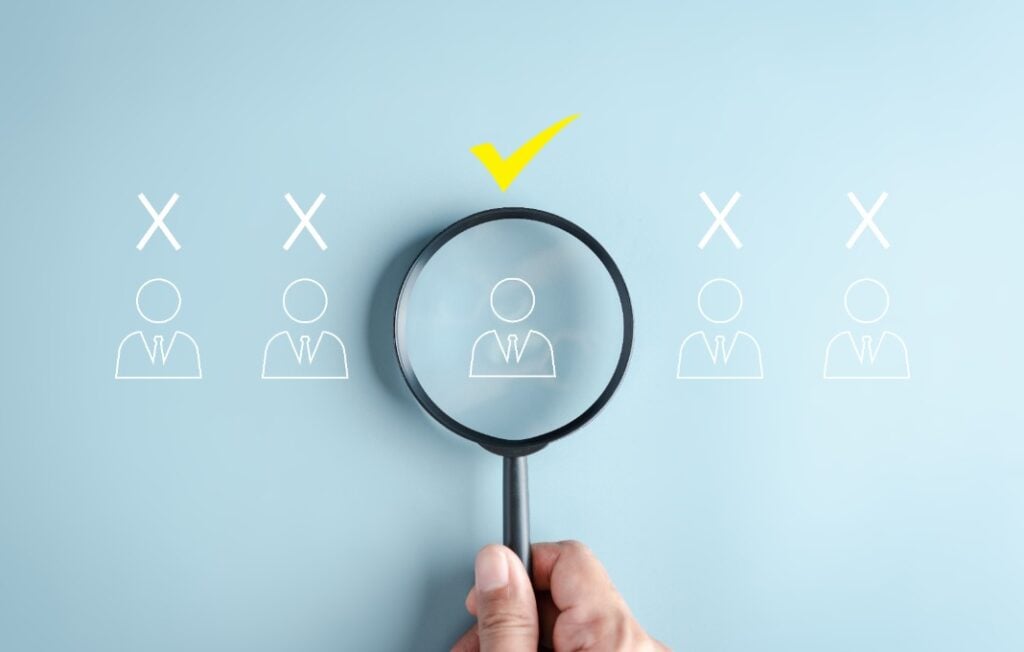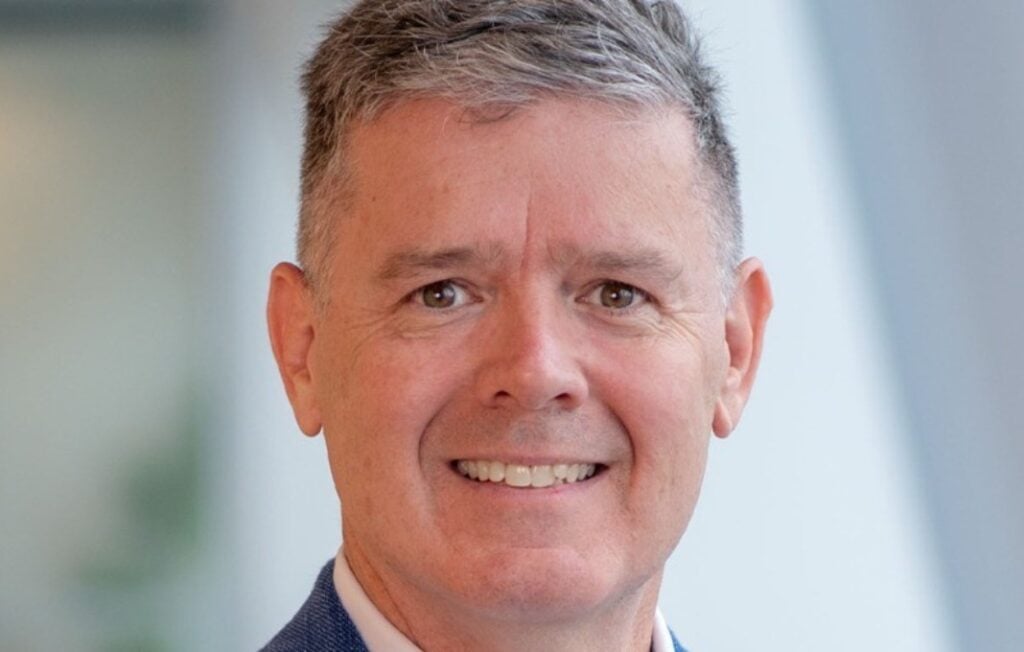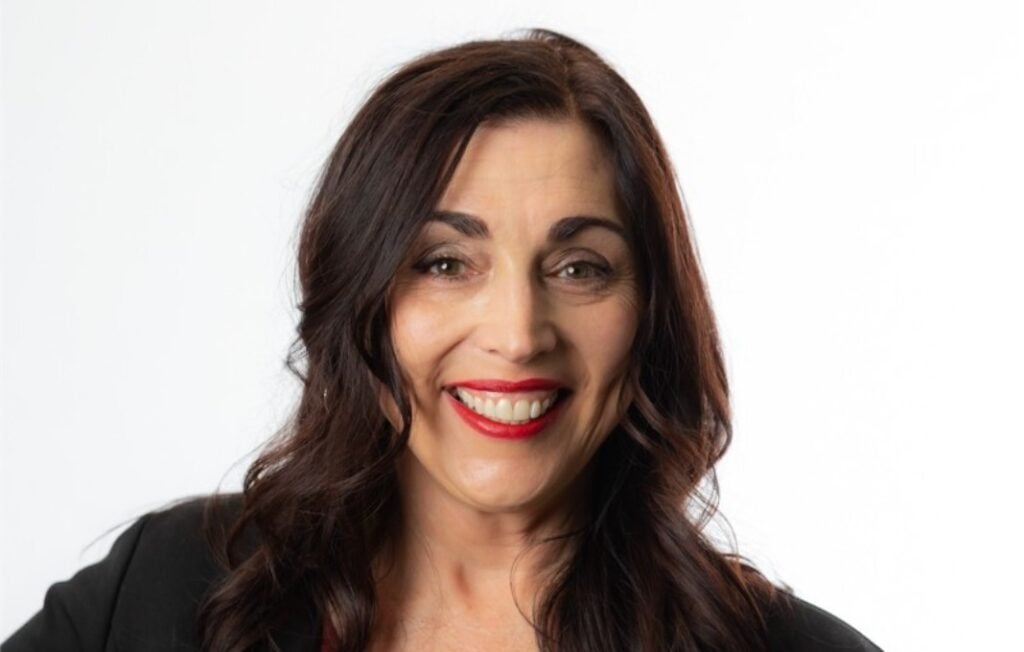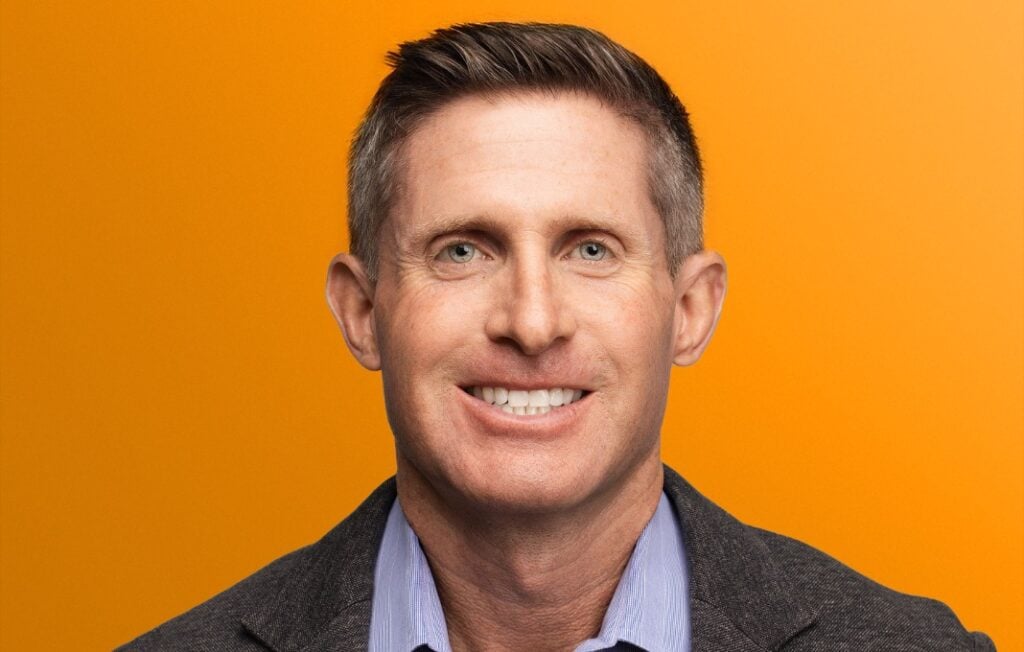Susan Haseley has a dual C-Suite role at Robert Half International, as chief ESG and DEI officer. Rather than two separate sets of responsibilities, she sees her roles as an opportunity to weave initiatives together to their mutual benefit.
Haseley spoke with StrategicCHRO360 to share how she and her team set priorities to create strong ESG and DEI programs. “ESG and DEI are more than just letters to many employees—it’s engrained in how they live and work.”
In your role as chief of ESG and DEI, how do you balance these two priorities?
ESG and DEI are centered around the importance of responsible and ethical business practices that foster a company’s sustainable and inclusive future. Protiviti and Robert Half’s approach of a dual C-Suite role allows us to weave ESG and DEI initiatives together so they can work in tandem for the benefit of both priorities.
For example, by advancing ESG we drive positive societal transformation and create a more diverse and inclusive corporate culture for our employees. However, like at every company, there is only so much budget and resources to go around, so it’s vital to consider synergistic opportunities and identify programs that will maximize impact.
As such, my team and I consider how to allocate resources and make smart investments to make sure we are giving both ESG and DEI initiatives the support they deserve. Progress for sustainable, lasting change encourages high levels of collaboration.
ESG and DEI efforts are responsibilities that extend beyond the role of a single leader. What advice do you have for DEI and ESG leaders who are looking to establish support across their organizations?
As a leader, it’s necessary to set objectives that go beyond “checking the box” when it comes to ESG and DEI. A strong ESG and DEI program is reinforced with action and becomes part of the DNA of the organization.
ESG and DEI goal setting often starts from the top and permeates throughout the organization, and having board member buy-in can be a critical first step in making lasting change on an organization. For leaders to get support throughout the organization, they need to make the company’s goals and expectations clear, so their employees understand how they fit into achieving this mission.
As such, it’s important to show commitment from senior leadership while taking an active listening role to understand what your workforce wants to see. To help more employees get involved, establishing employee network/resource groups can make supporting DEI and ESG work an effective activity that also allows employees to connect with one another.
How can ESG and DEI strategies positively contribute to the long-term sustainability of a company and its workforce?
Today’s professionals and prospective employees place significant importance on a firm’s social impact work and sustainability efforts. ESG and DEI are more than just letters to many employees—it’s engrained in how they live and work.
Recent Robert Half research found that roughly a quarter of managers reported that the most common questions from prospective employees during interviews were about DEI and ESG programs. Young professionals are placing a keen emphasis on these values when making decisions about their career, and if a clear framework for ESG and DEI is not illuminated at a company, firms might miss out on the best talent.
Moreover, while attracting talent is key, retention is equally as important. As leaders, it’s our role to make sure that talent is developed and that our firms are working to recruit and retain employees to create a diverse talent pipeline that grows within the company. ESG and DEI create long-term sustainability for an organization, especially when thinking about the priorities of future generations.
What role can employee resource groups/employee network groups play in advancing ESG and DEI goals?
Employee network groups, as we refer to them at Robert Half and our subsidiary, Protiviti, were formed as grass-roots groups fully supported by leadership that organize both in-person and online events and activities to promote diversity and inclusion initiatives within the company.
ENGs have commonalities around gender, race and ethnicity, mental wellness, LGBTQIA+ and more. They are communities of connection open to all employees and offer opportunities to learn and grow. Many offer mentorship, personal and professional development, attraction of talent and community involvement. Most importantly, they provide a safe space for employees to feel a sense of belonging.
Having an executive sponsor of ENGs or leadership buy-in is important in getting these programs off the ground and maintaining their success. Within these groups, employees have opportunities to create meaningful connections and discuss ESG and DEI related issues in constructive and meaningful ways outside their usual scope of work.
Employees are a great barometer for measuring how a firm’s programs are performing. Leadership should capture feedback from these groups to get a pulse on these programs and markers of success.


